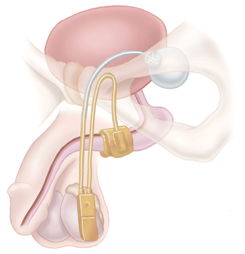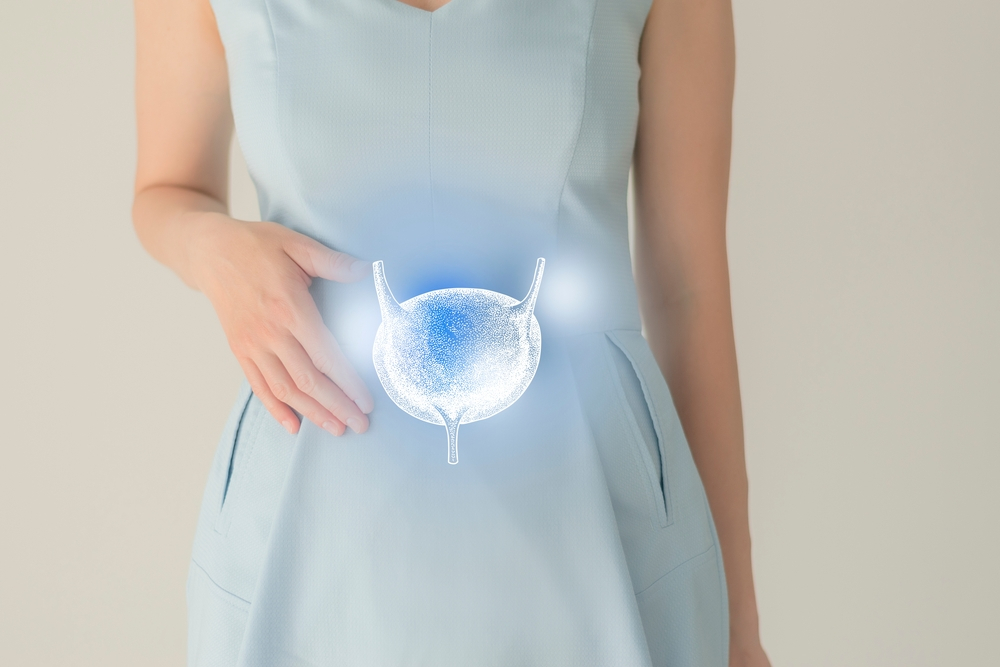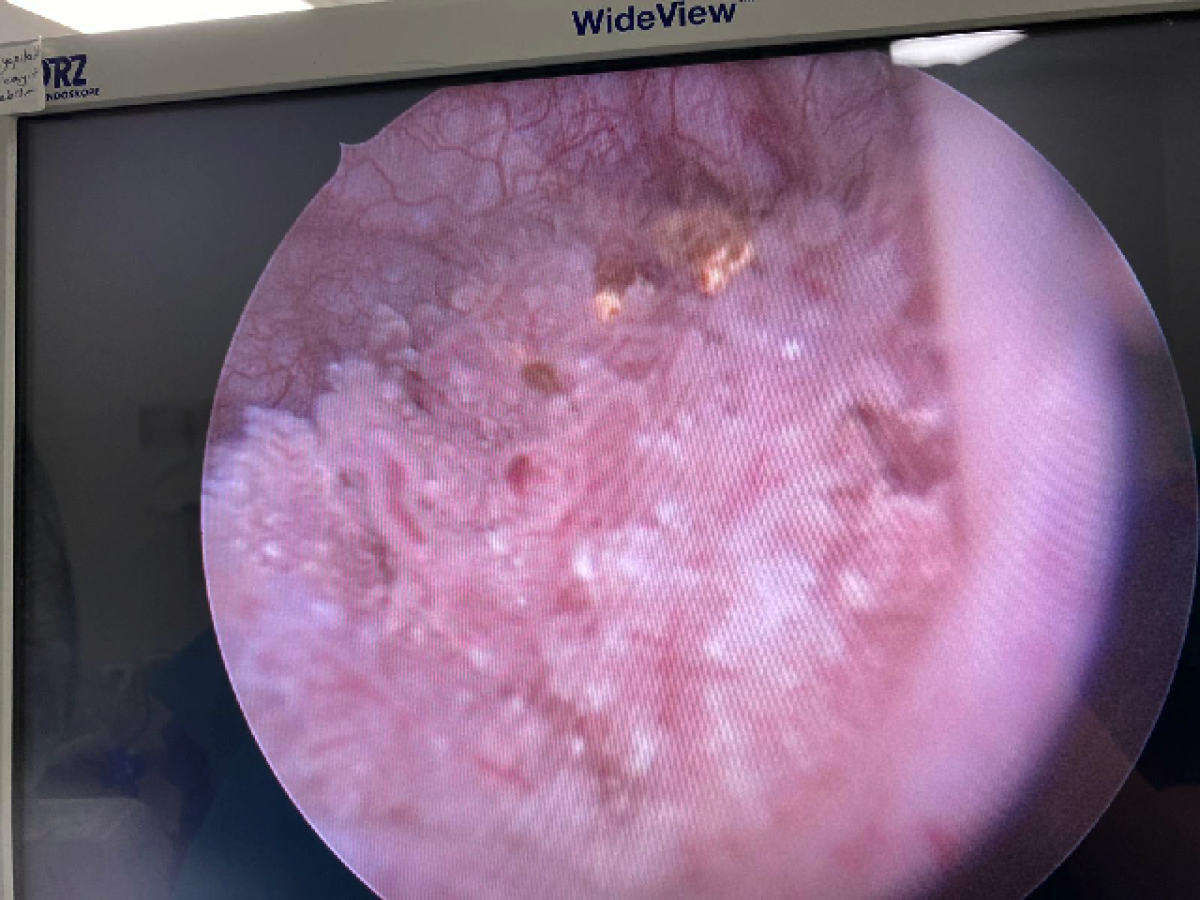



Artificial Bladder, What is Artificial Bladder? We answer all your questions about Artificial Bladder Surgery
Numerous surgeries performed successfully
Hundreds of cancer patients regained their health
Hundreds of patients regained their health as a result of artificial bladder surgery
Numerous national and international publications in reputable medical journals
An artificial bladder is a medical device that was developed as a solution for medical conditions that often require removing the bladder. After the bladder is removed, an artificial bladder can be made and treatment can be provided in the normal way without passing urine out of the abdomen. Especially in cases of bladder cancer, exhaling urine from the abdomen after the bladder is removed is a method that is not liked and preferred by patients. With surgery, a new bladder is created from the intestine and can be connected to the old urinary tract.
It can be created with a variety of techniques to adapt to patients' needs and lifestyles. Here are the details of the two most common products:
1. Neobladder (Internal Artificial Bladder)
Neobladder means "new bladder" and refers to the creation of an artificial bladder made from the patient's own intestinal tissue and connected to the urethra after the bladder is removed. This technique allows the patient to control their urine using their natural urinary tract.
Structure: Usually made from a section of the small intestine or colon, the neobladder is shaped and stitched to mimic the function of the original bladder.
Function: Neobladder can be controlled naturally by the body. Patients learn to empty the bladder using muscles, but this process can sometimes be challenging and require training for regular urine control.
Advantages: Does not require an external bag, provides a more natural urination experience.
Risks: Surgical complications, infections, urinary incontinence or inability to fully void urine may occur.
2. Urostomy (External Artificial Bladder)
Urostomy is a method in which urine is directed into a bag outside the body through a surgically created opening in the abdominal wall. This procedure is generally used for patients who cannot create an internal artificial bladder to maintain bladder function.
Structure: For urostomy, a tube, part of which is made from the intestine or ureters, is removed into the abdominal wall to create a stoma (opening). Urine is directed through this opening into a collection bag.
Function: The bag should be emptied and cleaned regularly. Patients should learn about stoma and bag care.
Advantages: The surgical procedure is generally simpler and is suitable for cases where neobladder cannot be created.
Risks: Includes risk of stoma and skin irritations, bag leaks, or infection.
Both types of surgery are important treatment options for patients who lose bladder function as a result of serious health conditions such as bladder cancer. The most appropriate option is selected depending on the patients' lifestyles, health conditions and preferences, and these surgeries are performed by experienced surgeons. Patients receive comprehensive education and support regarding postoperative urinary management and care.

Artificial bladder surgery is a procedure usually performed on patients whose bladder has been removed due to diseases such as bladder cancer. This surgery is performed to create an artificial bladder that will collect the patient's urine and remove it from the body. There are two main types of surgeries:
Creating a Neobladder (Internal Artificial Bladder):
Procedure: A new bladder structure is created from the patient's own intestinal tissue. This structure connects to the urinary tract and allows urine to be removed from the body naturally.
Purpose: To enable the patient to void urine naturally.
Advantages: Provides a more natural urination experience and eliminates the need to carry a bag outside.
Risks: Includes complications; infection, intestinal obstruction and postoperative urinary incontinence.
Creating a Urostomy (External Artificial Bladder):
Procedure: An opening (stoma) is created in the patient's abdominal wall and a tube (stent) is placed through the urinary tract into this opening. Urine is directed through this tube into an external bag.
Purpose: To remove urine from the body safely and effectively.
Advantages: The surgical procedure generally carries less risk than creating a neobladder and can be completed in a short time.
Risks: It requires stoma care, carries the risk of skin irritations and infection.
Before and After Surgery:
Before: Patients usually undergo a comprehensive evaluation process before surgery. This evaluation includes the patient's general health status, stage of cancer and other medical conditions.
After: Patients receive training on postoperative urinary management, stoma care (if applicable), and general health monitoring. The first weeks after surgery are generally focused on recovery, and patients' activity levels are gradually increased.
Surgery is a serious surgical intervention that has the potential to improve the quality of life for patients and should be performed by an experienced surgical team. The most appropriate option is determined according to the patient's condition and preferences.
Although it is determined according to the condition of the disease, it is the treatment method that should be recommended primarily to all patients. Applicable to all except certain risk groups.
There is no need to wear a bag after artificial bladder surgery. The patient can urinate in his own toilet. He can hold his urine.
The risks of artificial bladder surgery include urinary incontinence and inability to urinate, which are rare. However, these rates decrease significantly with surgical experience.
